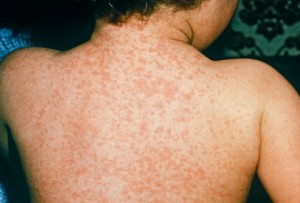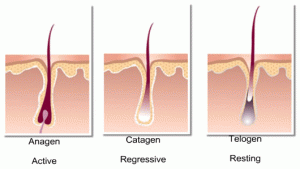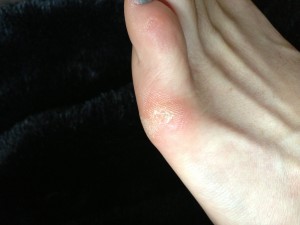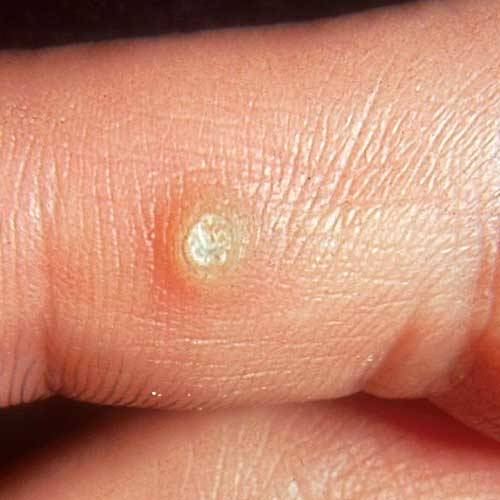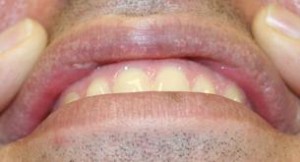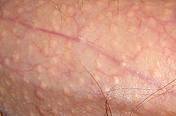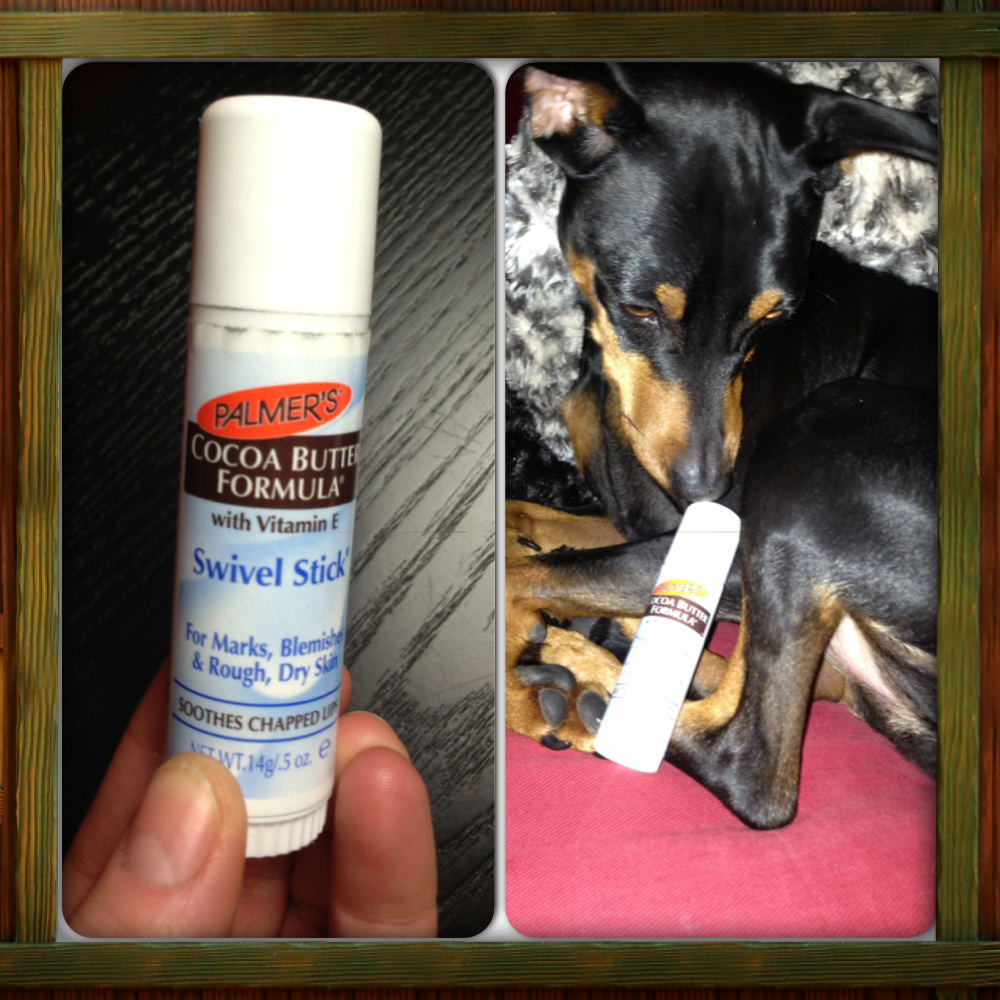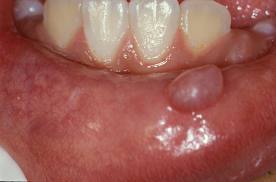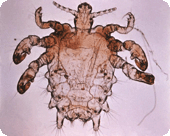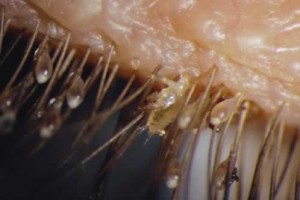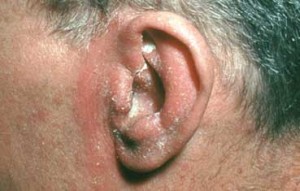Knowing that I am both a nurse and a mom, the folks over at Boogie Wipes® sent me some samples to use with my little one, which is awesome because I actually already used Boogie Wipes for her, and now I was just able to stock her diaper bag with all of their goodies we could take them on the road, but I also get to share how they can help keep your child healthy also.
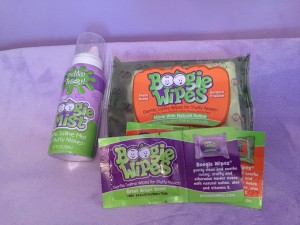 Winter is always a time when we are indoors more because it’s cold (especially for those of us who live on the East Coast) breathing in re-circulated air, which put us at a higher risk for contracting the common cold and flu viruses…and spreading them to others. And just like for adults, there are some pretty easy and key tips for trying to keep our babies as germ free as possible too. We had a cold ravage our house recently, but miraculously, the baby didn’t get more than a few sniffles, and I have to thank breast milk and Boogie Wipes for that! I know that the power of antibodies in breast milk rather speaks for itself, but why Boogie Wipes? Boogie Wipes are not only wipes for stuffy and crusty little noses, that helps to gently soften and dissolve the boogies away with a gentle normal saline infusion and fresh scent, but there is also Boogie Mist, a gentle saline mist that can be spritzed up the nose to help break up and soften mucous crusts in the nose, and also dissolve it. Boogie Mist can help to keep nasal passages moist and yet clear of mucous (boogies) to prevent post nasal drip, which is one of the leading causes dry coughs in the winter. And for my little girl, it gave me piece of mind that her nasal airways were free and clear so she could suck on her pacifier to soothe herself to sleep, feed without breathing issues, and she would be able to breathe freely and sleep all night, so she could fight off any bugs. The fresh scent of the Boogie Wipes (there is also a grape scent) made it more enjoyable for my baby, who actually liked getting the little spritz up her nose, and she loves the wipes as well, and knows them by scent…I get a big smile when the Boogie Wipes come out, as opposed to a head turned to the side!
Winter is always a time when we are indoors more because it’s cold (especially for those of us who live on the East Coast) breathing in re-circulated air, which put us at a higher risk for contracting the common cold and flu viruses…and spreading them to others. And just like for adults, there are some pretty easy and key tips for trying to keep our babies as germ free as possible too. We had a cold ravage our house recently, but miraculously, the baby didn’t get more than a few sniffles, and I have to thank breast milk and Boogie Wipes for that! I know that the power of antibodies in breast milk rather speaks for itself, but why Boogie Wipes? Boogie Wipes are not only wipes for stuffy and crusty little noses, that helps to gently soften and dissolve the boogies away with a gentle normal saline infusion and fresh scent, but there is also Boogie Mist, a gentle saline mist that can be spritzed up the nose to help break up and soften mucous crusts in the nose, and also dissolve it. Boogie Mist can help to keep nasal passages moist and yet clear of mucous (boogies) to prevent post nasal drip, which is one of the leading causes dry coughs in the winter. And for my little girl, it gave me piece of mind that her nasal airways were free and clear so she could suck on her pacifier to soothe herself to sleep, feed without breathing issues, and she would be able to breathe freely and sleep all night, so she could fight off any bugs. The fresh scent of the Boogie Wipes (there is also a grape scent) made it more enjoyable for my baby, who actually liked getting the little spritz up her nose, and she loves the wipes as well, and knows them by scent…I get a big smile when the Boogie Wipes come out, as opposed to a head turned to the side!
Even if you don’t have any illnesses spreading through your home, the use of Boogie Wipes and Boogie Mist can help to prevent colds and illnesses and keep your child healthy. Boogies in the nose, are one of the bodies first line of defense in preventing viruses into the body, and by wiping them off and dissolving them away, we are assisting our children in gently removing the risk of a virus right at the source before it has a chance to infect. Also, if a stuffy nose is keeping your small child from breathing properly at night, they will not sleep well, and that is a benefit to no one (and I am sure a crabby baby is the last thing anyone wants, if you can prevent it!) so Boogie Mist can help to open up those nasal passages and allow for improved breathing. Plus, normal saline is so gentle on the skin, that it has no negative side effects, it is one of the most gentle substances you can put in or in your body.
Also, one of the hardest (near impossible) way to prevent colds is keeping your kids hands away from their mouths and keeping them clean (and I am saying that as the mother of a 6 month-old who is teething and shoving everything she sees in her mouth). It is inevitable that kids will be kids and they explore with their hands by touching things, and that stuff always seems to make it to their face to rub something (an eye, nose, mouth). One great way for a quick clean, especially if you don’t want to put an alcohol based cleaner on your childs hands, is to use a Boogie Wipe, as it is infused with normal saline, which won’t damage the skin, and is safe for them to then put into their mouths: it’s a win/win!
Between the safeness, effectiveness, and the great scents that my baby loves, I think that every mom should stock up on Boogie Wipes and Boogie Mist to try to ward off those nasty winter bugs!
Yours in Good Health,

